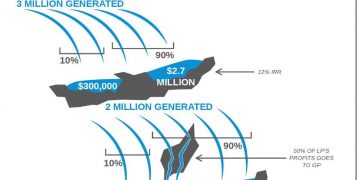Suppose one day your obligation heaped so high you owed multiple occasions your pay.
For an individual, it’s a horrible situation. Inconceivable. For nations, it’s basically how the economy works. Monetary commitments are stacking higher every year, and worldwide obligation history shows us a stressing measurement — the world’s countries owe multiple times more cash than they go through in a solitary year.
State-run administrations, families, and organizations have added to the current obligation of more than $243 trillion, and industrialism has all the earmarks of being the main thrust. We’re urged to spend more. Also what difference would it make? Spending keeps cash traveling through the framework, empowering a sound economy – and some of the time tax reductions and expanded government spending are the best way to get a nation out of the downturn.
It’s difficult to take a gander at worldwide obligation details and realities, or a solitary country’s public obligation, incomplete segregation. Most frequently, it’s anything but a sign of how well a nation is doing — all things considered, the world’s most extravagant countries, the nations with the steadiest economies, are additionally the most obliged.
There are many variables to inspect to comprehend the effect of worldwide obligation on the economy. That is actually why we made this infographic. It gives an obvious investigation of significant worldwide information, and it shows you the particulars of how entirely different nations of the world owe contrasted with their GDP. It’s basic, it’s clear, and it gives you all that you want to know.

















































